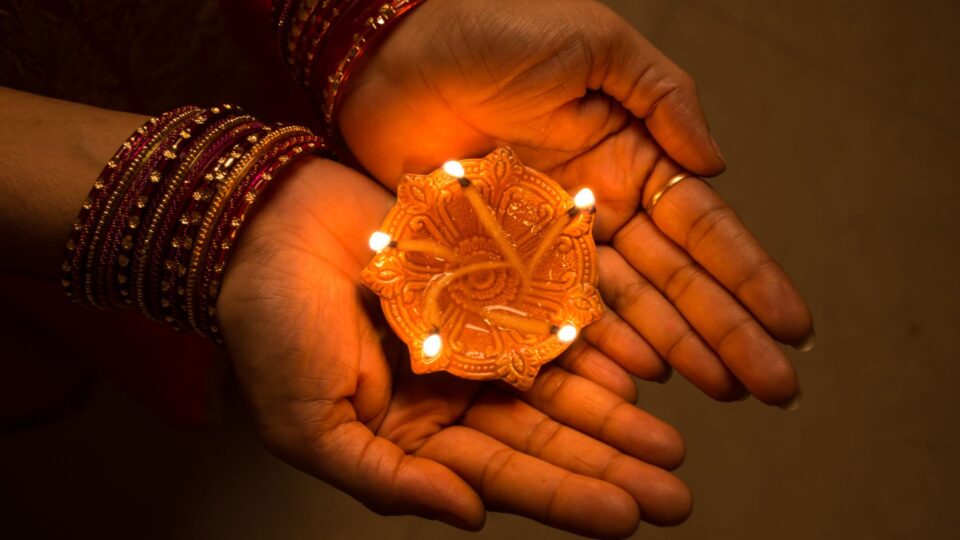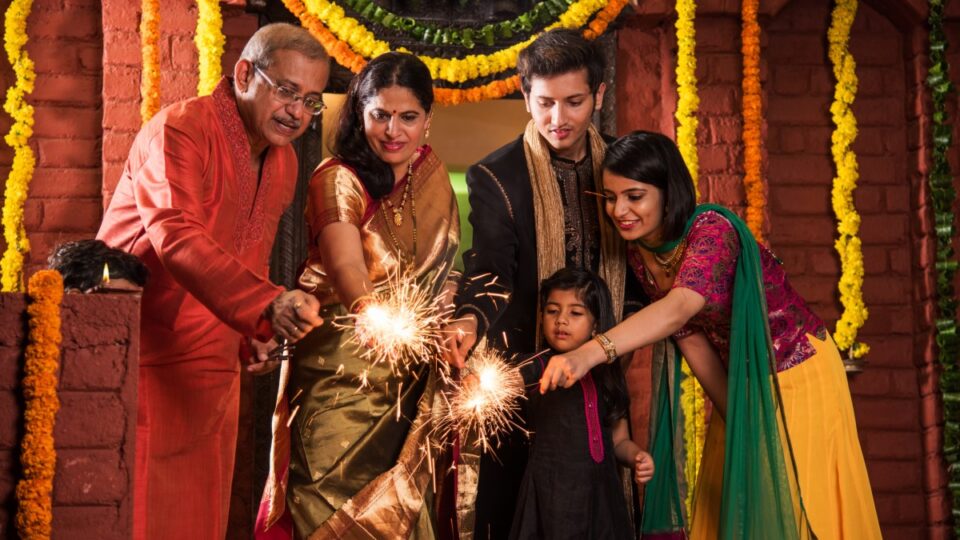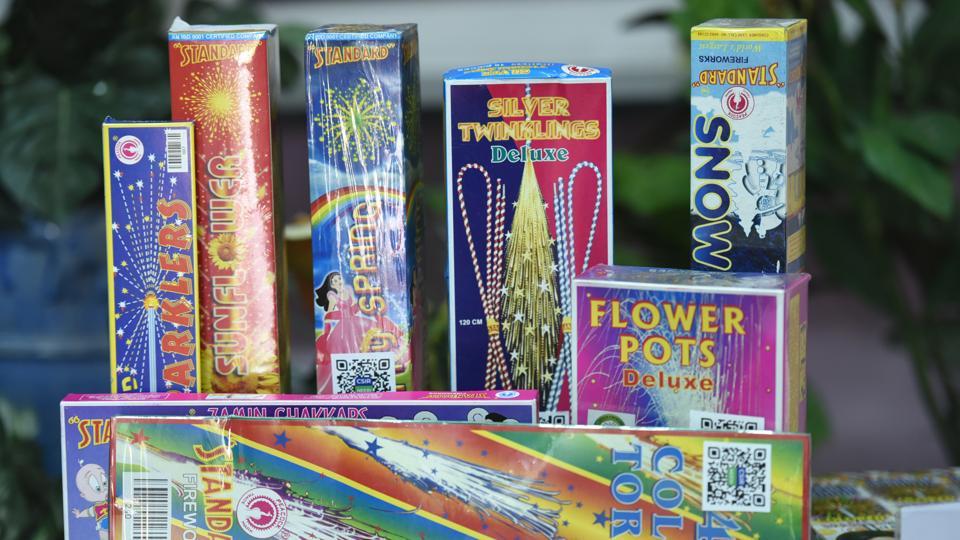
Here’s Why People Across India Celebrate Chhath Puja, Its History & Significance
Honestly, writing this for myself. Though I’m well aware of what goes into celebrating Chhath Puja, yet there are little things about the festival that stay a miss in my, and I believe, in many of your minds.

Also Read:
When is Chhath Puja 2022? Its Significance, Rituals, & Facts
So to ensure no such question bothers you after this day. Here is why one celebrates Chhath Puja in India and what’s the history behind it.
Chhath Puja is usually celebrated a few days after Diwali in the states of Bihar, Jharkhand, Eastern Uttar Pradesh and also in Nepal. It is the only festival devoted to Sun God, Surya and his wife Usha and is celebrated on the sixth day of the month of Karthika. Chhath in Nepali and English languages means six.
For history, Chhath Puja is linked to the time when Draupadi and the Pandavas of Hastinapur used to celebrate Chhath in order to solve their issues and regain their lost kingdom.

Besides, other legends tout Chhath Puja to a ceremony first performed by Karna, who is considered to be an offspring of Lord Surya and Kunti. He ruled over the Anga Desh which is the modern-day Bhagalpur in Bihar, during the age of Mahabharata.
Also Read: These Then & Now Pictures Of Delhi-NCR Show How Serious The Air Crisis Is
In early Vedic texts, Rig Veda, there is a mention of Gods including Indra, Agni, Surya, Varuna and Soma. These had and continue to have a high place among people and are worshipped for their unique characteristics. In similar instances, Surya Deva, the Sun God, was and is worshipped, especially during Chhath. During the Puja, people expose themselves to direct sunlight to gain energy from the rays of the Sun and do not consume eatables.

The significance of the Chhath Puja increases due to its connection with Lord Rama and Goddess Sita. Ancient texts claim that Rama and Sita had worshipped the Sun God in the month of Kartika in Shukla Paksha once they returned to Ayodhya after 14 years of exile.
Also Read: Aatmanirbhar 3.0: Nirmala Sitharaman Announces Atmanirbhar Bharat Rozgar Yojana To Boost Employment
During the 3-4 days long festival, devotees worship Sun God and perform rituals while observing fast, holy bathing in some of the most pious rives in the country and reciting hymns from the Rig Veda.

On the first day of the festival, also called Nahay Khay, devotees take a dip in the holy river and carry home the holy water to prepare prasad. On the second day, a day-long fast is observed.
Also Read: Rapper Cardi B Poses as ‘Goddess Durga’ To Advertise New Sneaker, Criticised By Indians
The third day, Sandhya Arghya, has devotees taking a dip in the holy water in the evening and make offerings to the setting sun.

On the final day, Usha Argya, devotees go to the holy waters a little before sunrise to make the offerings. The festival comes to an end with the breaking of the fast by having Chhath prasad.



